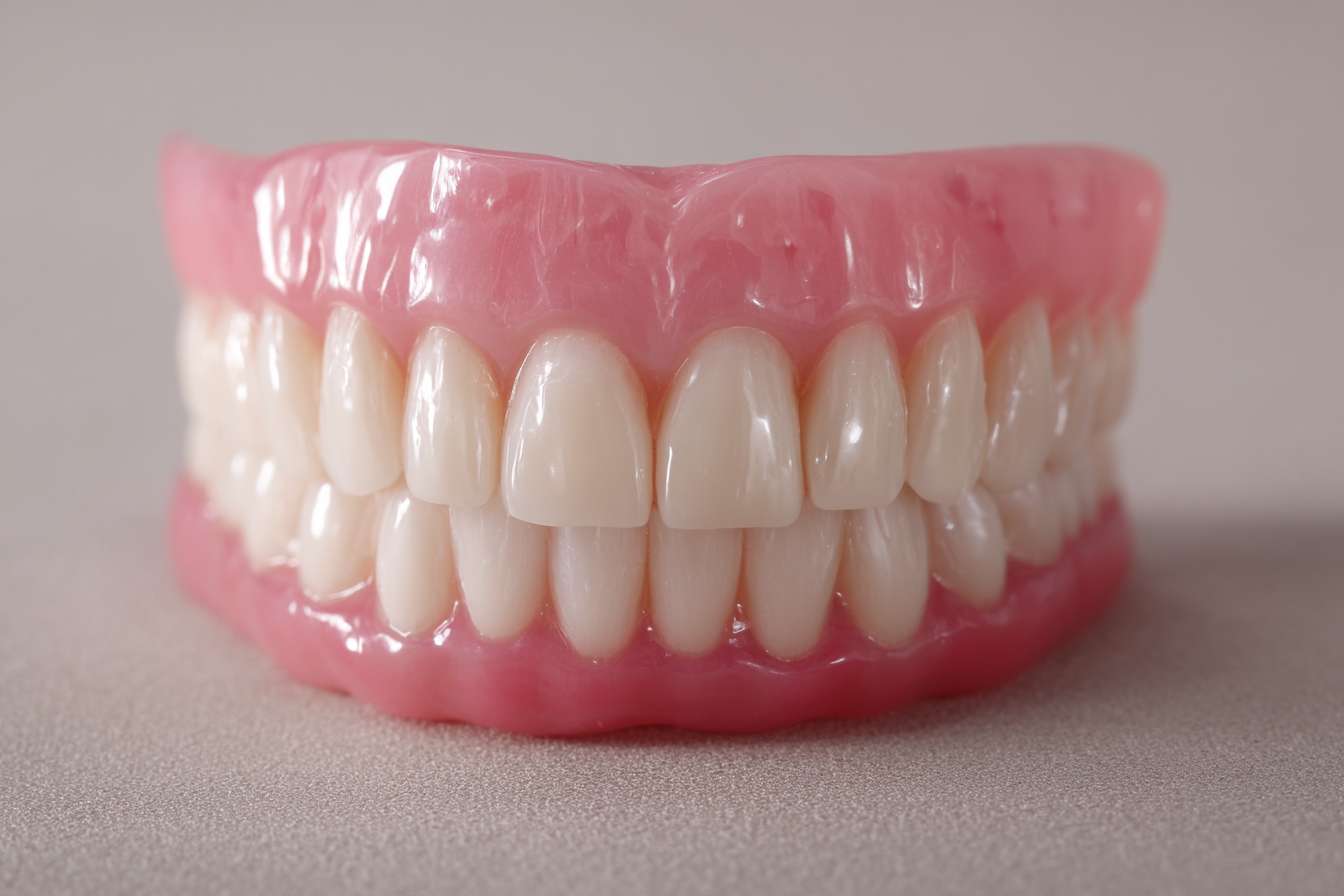Dental Implants — Ultimate Guide to Restoring Your Smile
Explore how dental implants can permanently replace missing teeth, restore chewing function, and boost confidence. This in-depth guide explains osseointegration, compares implants with dentures and bridges, outlines who qualifies, describes the step-by-step treatment timeline, provides typical cost ranges, and offers care tips to help you decide if implants are the right long-term solution.

Overview — Why choose dental implants?
Dental implants recreate both the root and the visible portion of a natural tooth by inserting a small titanium post into the jawbone. Over time the implant fuses with bone through osseointegration, producing a solid foundation for a prosthetic tooth. Because implants replace the underlying root structure as well as the crown, they usually provide superior stability, more natural biting and chewing, and a realistic appearance compared with removable dentures or traditional bridges. For many patients, implants not only restore function but also improve facial support and self-esteem.
Key benefits of dental implants
- Strong, reliable function: Secured in bone, implants resist movement during eating and speaking, allowing you to enjoy a wider variety of foods without worrying about slippage.
- Protection of jawbone volume: Implants stimulate surrounding bone and help slow or prevent the bone loss that often follows tooth extraction, preserving facial contours and preventing the sunken look that can result from long-term tooth loss.
- Better comfort and clearer speech: Fixed implant restorations avoid many of the sore spots, loose fit, and speech issues some denture wearers experience.
- Long-term value: With diligent home care and regular professional maintenance, implants commonly last many years—even decades—making them a cost-effective option over time.
- Natural appearance: Custom crowns and prostheses are matched to adjacent teeth for a seamless, lifelike result.
Who is a good candidate?
Many adults are appropriate candidates for dental implants, particularly those in generally good health with adequate jawbone volume. Factors that can influence candidacy include:
- Tobacco use: Smoking interferes with healing and raises the risk of implant failure.
- Poorly controlled systemic conditions: Diseases such as uncontrolled diabetes can impair healing and increase complications.
- Prior radiation to the head and neck: Radiation therapy may reduce bone quality and healing capacity.
A comprehensive evaluation by an implant dentist or oral surgeon is necessary. This visit usually involves reviewing medical and dental history, a clinical examination, and imaging such as dental X-rays or a cone-beam CT (CBCT) scan to assess bone quantity, locate nerves, and plan ideal implant positioning.
The implant treatment pathway
Dental implant care is typically staged over several months and commonly follows these steps:
- Treatment planning: Your clinician creates a tailored plan that addresses any needed extractions, bone augmentation, and the desired prosthetic outcome.
- Preparatory procedures: If there is insufficient bone, grafting or a sinus lift may be performed. Unsalvageable teeth are removed as needed.
- Implant placement: The titanium fixture is surgically placed into the jaw under local anesthesia; sedation is available when indicated. The site is closed to allow healing.
- Osseointegration: The implant integrates with the surrounding bone over several months—this fusion is essential for durable support.
- Abutment and final restoration: Once healed, an abutment connects to the implant and a custom crown, bridge, or implant-retained denture restores appearance and function.
Some clinicians can provide immediate-load implants or temporary restorations in selected cases, but suitability depends on bone quality, implant stability at placement, and clinical judgment.
Costs and what to expect financially
Prices vary by region, practitioner experience, materials, and case complexity. Typical ranges include:
- Single-tooth implant: $3,000 to $5,000 — usually includes the implant, abutment, and crown; costs increase if grafting is required.
- Full-mouth implants: $25,000 to $50,000+ — the total varies with implant number and prosthetic design.
- All-on-4 (per arch): $15,000 to $30,000 — a fixed arch supported by four implants; final cost depends on materials and lab fees.
Remember that additional services such as bone grafts, extractions, CT imaging, and temporary prostheses will add to the overall fee. Although implants typically cost more up front than bridges or dentures, their durability and lower replacement frequency can make them a smart long-term investment.
Caring for your implants
Maintaining implant-supported teeth is similar to caring for natural teeth. Recommended practices include:
- Brushing twice daily with a soft-bristled toothbrush
- Cleaning between teeth daily using floss, interdental brushes, or a water flosser around implant restorations
- Attending routine dental visits and professional cleanings
- Avoiding tobacco and limiting excessive alcohol use
While implants themselves cannot develop cavities, the surrounding gum tissue and bone are vulnerable to bacterial inflammation—peri-implant mucositis and peri-implantitis—if plaque control is poor. Early detection and professional maintenance are essential to keep implants healthy.
Final thoughts and next steps
Dental implants are a durable, natural-feeling way to replace missing teeth and restore oral function. If you’re considering implants, schedule a consultation with a qualified implant dentist or oral surgeon to review your medical history, obtain appropriate imaging, and receive a personalized treatment plan and cost estimate. This article is informational and does not replace professional medical advice. For specific recommendations and care, consult a licensed dental professional.






